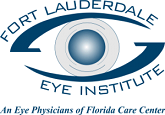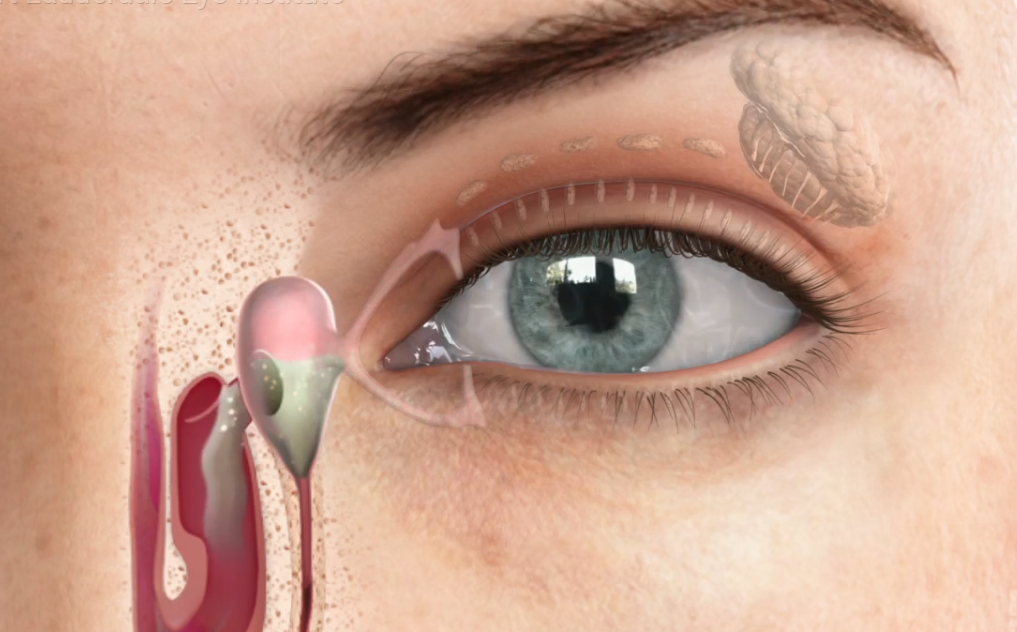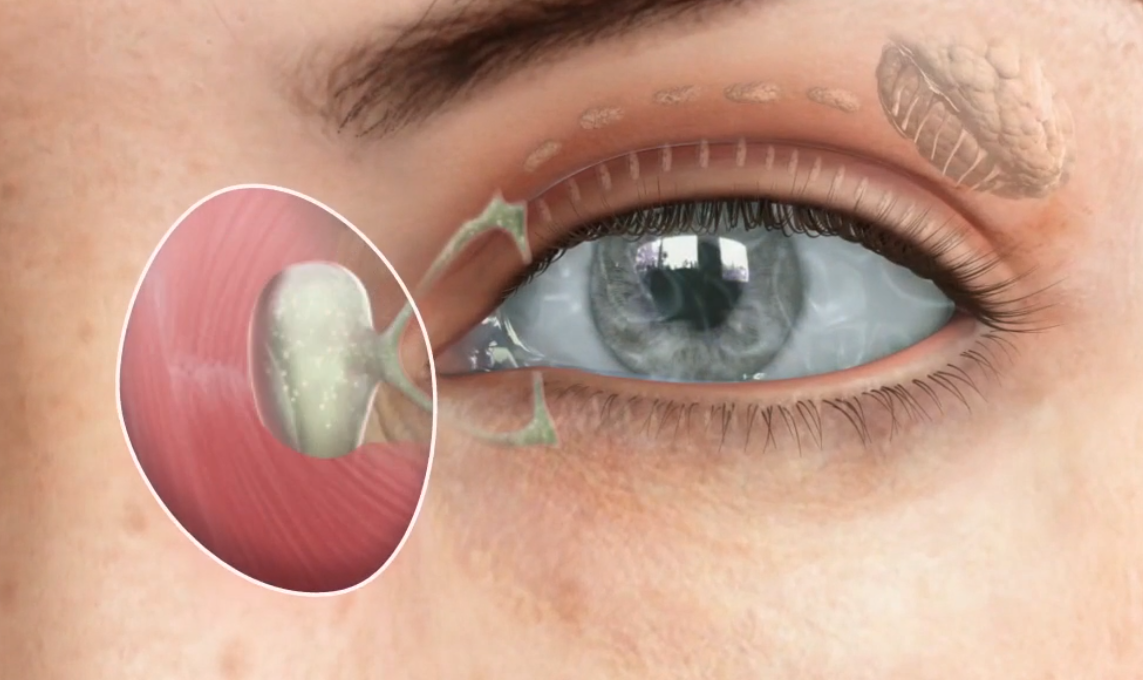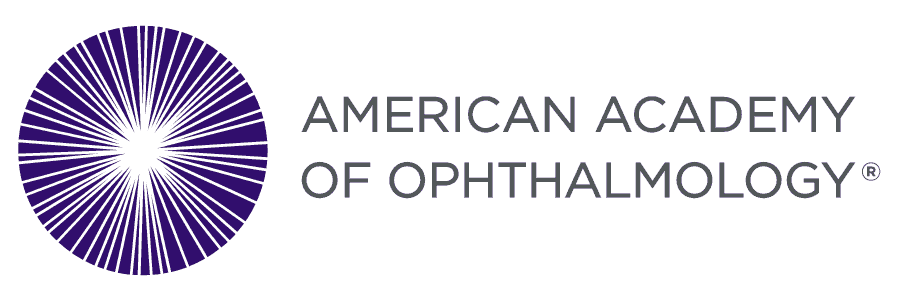Project Description
If you’re suffering from excessive tearing caused by a tear duct obstruction, and other treatments have been unsuccessful, you may be a candidate for Dacryocystorhinostomy or DCR.
DCR is a surgical procedure that aims to bypass the blocked tear duct and allow for normal drainage of tears through a new drainage channel. The goal of DCR is to open the lacrimal sac, where tears drain into the nasal cavity. A bone is removed from the area next to the lacrimal sac and a tube that maintains the opening, called a stent, is placed temporarily. The stent is then removed a few weeks after the surgery.
There are two approaches for DCR: external or endoscopic. In the external approach, an incision is made in the skin between the eye and nose. In the endoscopic, or internal, DCR procedure, the drainage system is accessed through the nostril using small instruments. This approach is more common because it avoids scarring and is less invasive than the external option. DCR is an outpatient procedure performed under local or general anesthesia.
You will need to arrange for someone to drive you home and make sure to consult with your doctor for proper postoperative care instructions. As with all surgeries, there are risks, however, you can take steps to minimize them. It is recommended that you rest for one week following surgery and avoid strenuous activity. Additionally, avoid hot drinks and food for the first 12-24 hours following surgery. If you have an external DCR procedure, it is recommended that you use ice or a cold compress on the incision site during the first 48 hours to reduce swelling and bruising.
If you’ve been diagnosed with a blocked tear duct and want to learn more about DCR, make an appointment to see one of our Board Certified Ophthalmic Surgeons by calling 954-741-5555!








